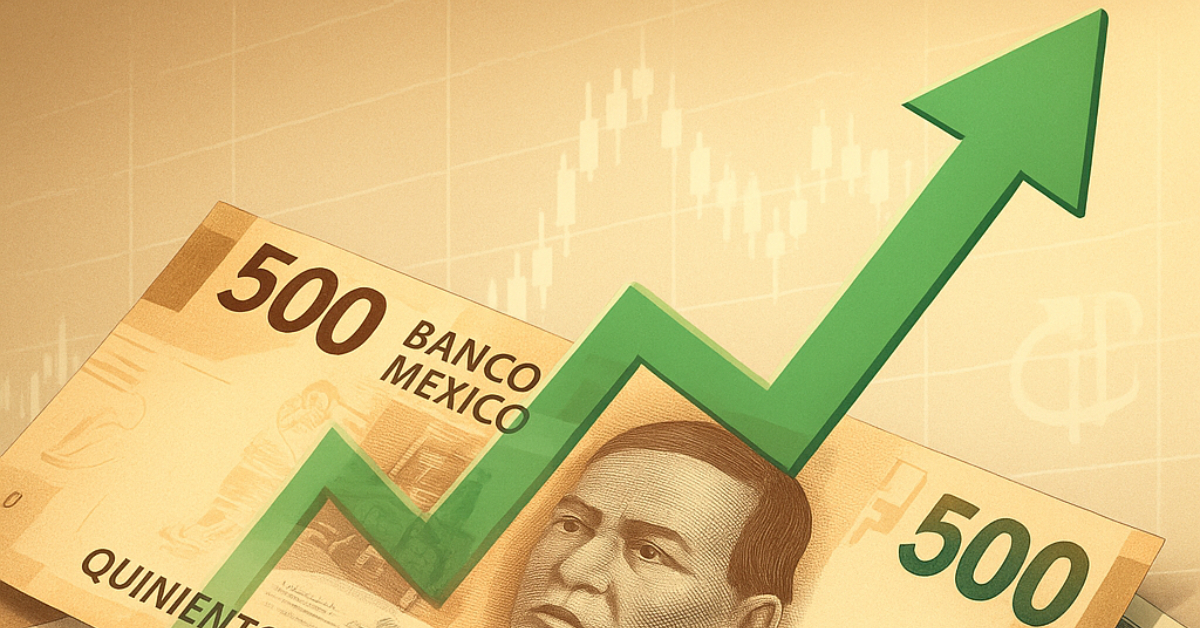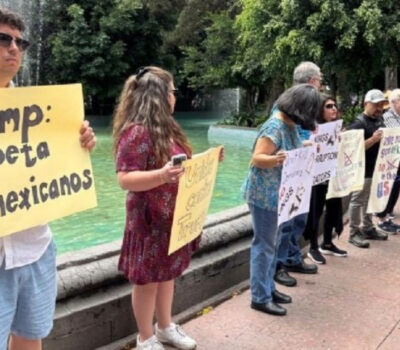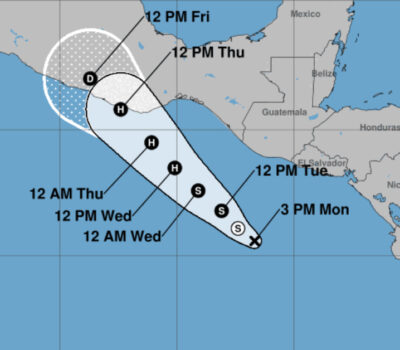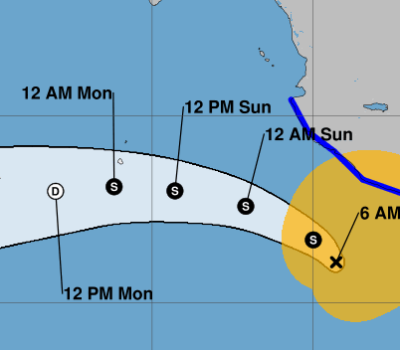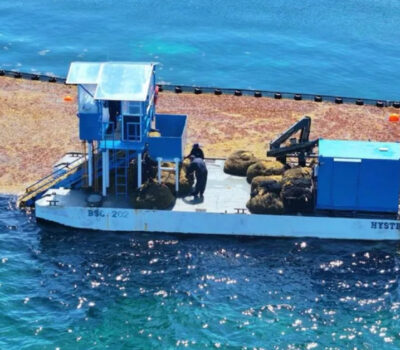The peso rose to 18.9114 per dollar on Monday, buoyed by easing global tensions and anticipation of the Federal Reserve’s policy update and Sheinbaum-Trump meeting.
The Mexican peso gained ground against the U.S. dollar on Monday, supported by calming geopolitical concerns and investor focus on upcoming economic events that could shape the week’s currency trends.
The exchange rate closed at 18.9114 pesos per dollar, improving by 2.82 centavos—a 0.15 percent appreciation compared to Friday’s close of 18.9396, according to the Bank of Mexico (Banxico). The dollar fluctuated between 18.9757 and 18.8248 pesos during the day.
This slight rally in the peso followed a weekend of geopolitical tension between Israel and Iran, who exchanged attacks Friday amid ongoing disputes surrounding Iran’s nuclear program. Initially, the market reacted with risk aversion, sending investors toward safe-haven assets. However, by Monday, trader sentiment had rebounded, with many hoping that diplomatic pressure and international talks could defuse further escalation.
“We’ll have to pay attention to changes in the narrative, the nuclear negotiations with Iran, and Israel’s easing of its attacks,” said financial consultant Juan Carlos Cruz, noting that the shift in tone from the weekend helped stabilize risk appetite. “U.S. President Donald Trump said they should reach an agreement, which could deescalate the situation.”
In parallel, global markets are preparing for Wednesday’s monetary policy decision by the U.S. Federal Reserve. While interest rates are widely expected to remain unchanged, investors are keeping a close watch on the Fed’s updated economic projections and tone regarding inflation and growth forecasts. The Fed’s outlook could influence capital flows into emerging markets like Mexico and set the tone for the peso’s trajectory in the short term.
Adding to the week’s economic complexity is the upcoming G7 Summit in Canada, where a meeting between Mexican President Claudia Sheinbaum and Donald Trump is drawing attention. Analysts suggest the bilateral conversation could have implications for trade and foreign investment sentiment.
“The fact that Claudia Sheinbaum can speak face-to-face with Donald Trump generates some optimism about the Mexican economy, suggesting that some tariffs could be lifted or reduced,” said Gabriela Siller, director of economic analysis at Banco Base.
The improving sentiment and anticipation of policy developments weighed slightly on the Intercontinental Exchange Dollar Index (DXY), which dipped 0.01 percent to 98.17 points, signaling minor weakening of the U.S. currency relative to a basket of global counterparts.
Technically, the peso continues to show strength within a narrow range. Analysts at CIBanco forecast that the peso could fluctuate between 18.75 and 19.15 pesos per dollar in the coming days, depending on global developments and any surprises from central bank announcements.
While still vulnerable to geopolitical shocks and policy shifts, the peso’s modest gain on Monday suggests markets are cautiously optimistic, finding temporary stability amid a complex blend of global diplomacy, domestic politics, and monetary signals.
As the week unfolds, all eyes remain on Washington and Ottawa, where central bankers and heads of state may hold more influence over the peso’s next move than traders themselves.
The peso rose to 18.9114 per dollar on Monday, buoyed by easing global tensions and anticipation of the Federal Reserve’s . . .

